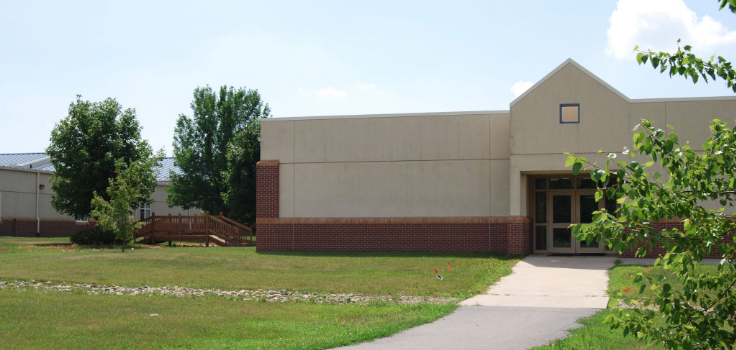Tips For Successful Exterior Insulation & Finish Systems – Part 3 of 4

Over the past few months, we’ve been examining various aspects of Exterior Insulating Finish Systems (EIFS), the proprietary, wall-cladding assemblies that combine rigid insulation board with water-resistant exterior coatings. This month, we continue our series on EIFS with a look at repairing surface texture anomalies, optimal application conditions, fire ratings, complying with energy codes, and maximizing wind load.
Surface Texture Anomalies
Bubbles, blisters, lumps, bumps, and dents are all examples of surface texture anomalies that can cast an ugly shadow when either artificial or natural light hits a surface at an acute angle. In most cases, EIFS installers can remove these planar irregularities, high spots, or hollow areas with a good quality rasp. In the event of read-through, a mesh overlap or patch can be applied and a skim of base coat feathered in to blend any raised areas. In the most severe cases, installers can re-skim the original finish coat with an appropriate base coat, and follow it with a new finish after the base coat has dried.
Cool Weather Application
EIFS installations should be scheduled during seasons when thermal cycling is moderate. In other words, avoid times of the year when it is warm during the day and cold at night. Ideally, acrylic and cementitious coatings should be applied when temperatures are at least 40 degrees F. consistently.
Damage to system components resulting from their application in temperatures below 40 degrees F. may initially be undetectable, but they can be disastrous over the long haul. Evaluate the surface temperature of the substrate as well as the ambient temperature, and understand that—In some cases—it is advisable to warm the substrate prior to application. When applied at temperatures below the accepted threshold, EIFS coatings won’t develop appropriate chemical and physical strength, and may not bond properly to form a film. This means they will delaminate, flake, crack, or soften perceptibly over time. As always, architects and engineers should check local building codes to ensure compliance before installation.
Fire Rating
Manufacturers test EIFS for fire resistance. To retain the integrity of these ratings, installers should not substitute any component of the original system. Because replacing the tested and approved coatings, insulation, or substrates has been shown to increase flammability, the EIFS installed should be identical to the one that has been fire-tested and approved.
Energy Code
Due to increasing environmental concerns, regulations surrounding the fabrication and installation of EIFS are becoming more stringent. Often, retrofitting an existing building with EIFS can be a simple and inexpensive way to comply with increasingly rigorous energy codes.
Wind Load
EIFS board that is attached with adhesive has been shown to provide superior wind load resistance over comparable product with mechanical fasteners. Make sure the supporting construction is free from damage, defects, and contamination before insulation is adhered to ensure the best performance.
Paying careful attention to the specific needs and requirements of Exterior Insulating Finish Systems is well worth it to be able to leverage this lightweight, versatile, energy-efficient assembly for new, existing, or retrofit projects.
